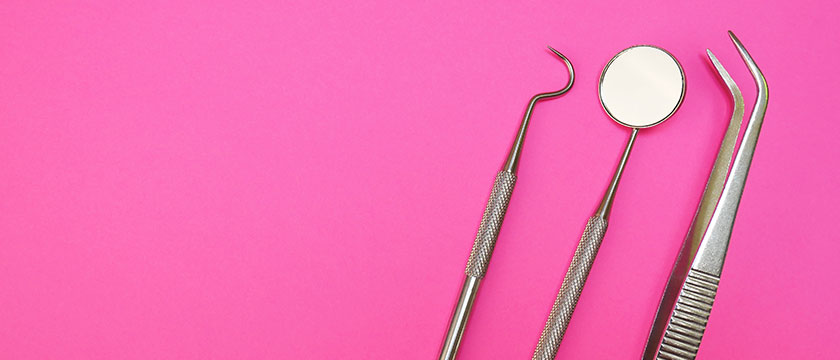Damaging the structure of your teeth may not only be aesthetically unappealing, but it can also attribute to injuries to surrounding surfaces of your tongue, inner cheeks, and lips. Cracking or chipping your tooth may not be painful, but it can have sharp edges that can cause nick and cuts to the insides of your mouth. What can a dentist after hours do with your cracked tooth?
What your Dentist after hours will do
The steps followed by your dentist after hours to save your tooth will depend on the severity and type of damage you incurred. There are more than a few kinds of tooth fractures and breaks, and each would require a treatment different from the other. Here are just some of the most common types of tooth fracture:
Cracked tooth
Minor crack. This is the least serious damage an accident can make to your teeth. If you notice some lines that look like cracks on the surface of your tooth, that is a minor crack and no further treatment would be needed, except cleaning and polishing to lighten the appearance of your surface cracks. These are surface cracks that affect only the outer white surface of the tooth, called the enamel. Minor cracks rarely need treatment. However, your dentist may lightly polish the area to smooth out any rough spots.

Major cracks. If you see a line on your tooth that can cause sensitivity or pain, it may be a major crack. This type of tooth fracture may extend from the surface or enamel to the underlying nerve and tissues. The tooth is not shattered, and all the fragments are still intact. However, if left untreated., the crack would worsen until bacteria invade the cracks and cause infection. Your dentist after hours can repair this using dental filling. He may also recommend using a dental crown to prevent the crack from worsening. In the worst case scenario, where the nerve and the pulp of the tooth are already damaged, your dentist after hours may recommend undergoing root canal treatment to save the tooth.
Chipping
If the tooth fragments are from the tips or edges of the tooth, your dentist after hours can use fillings to smoothen the edges of the tooth to make the chipping look unnoticeable. He can also polish and whiten the area so that your teeth would look as if nothing happened.
Fractures
This type of damage to the tooth may be further categorised depending on the part of the tooth that the fracture occurred.
If the pointed tips, also called cusps, are broken, an emergency dental appointment may not be needed, since this only affected the outer layer of the tooth and would not cause any pain. However, if you are bothered by the look of your teeth and would want immediate treatment, your dentist after hours can apply an only or recommend using a crown to replace the broken tooth.
A severe fracture can be observed horizontally or vertically, where both expose the pulp or nerve roots underneath the teeth to bacteria which can later develop into an infection. When this happens, immediate action from an emergency dentist is advised, since inflammation and pain may be felt a few hours after the accident and it would make the treatment harder for you and your dentist. Your dentist after hours may advise you that a root canal treatment is needed so that the damaged root and pulp that cause the bleeding and pain may be removed. He then will try and use fillings to salvage the tooth, but if it cannot be done, a crown would allow your dentist to protect the inner structures of your damaged tooth. Using a crown can let you have the look and function of a healthy tooth as if you were not hurt at all.
Decaying tooth
This type does not happen overnight. This is a damage in the tooth that has been neglected for several months or years, until it presented symptoms of infection, including pain, swelling, bleeding, and extreme sensitivity. Since your tooth may be weakened and the inner structures of your dental cavity are affected, your dentist after hours can prescribe antibiotics and pain relievers to alleviate the symptoms and infection. Some tooth decay can be restored using crowns, but if the damage is severe, the tooth may have to be removed.


Recent Comments